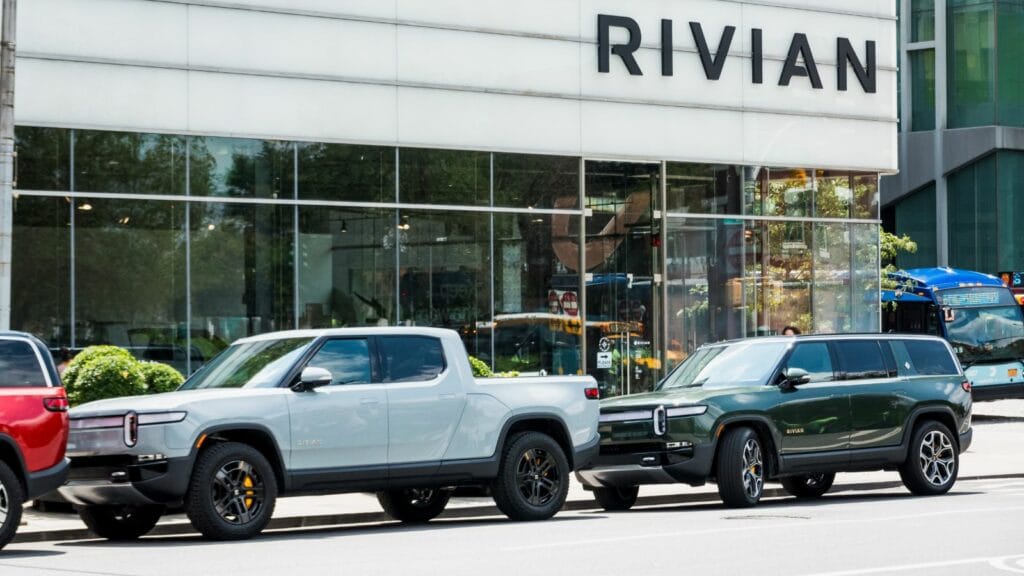The automotive world is not just going through a transition—it is experiencing a storm. Costs are spiraling, EV enthusiasm is cooling off, and global tariffs are chewing into profits. Even the giants of Detroit and Stuttgart are feeling the pain, while newer electric startups are fighting for their very survival. Bankruptcy is no longer just the fate of obscure niche players. From household names to ambitious newcomers, here’s a closer look at the automakers and suppliers staring down financial disaster.
Fisker
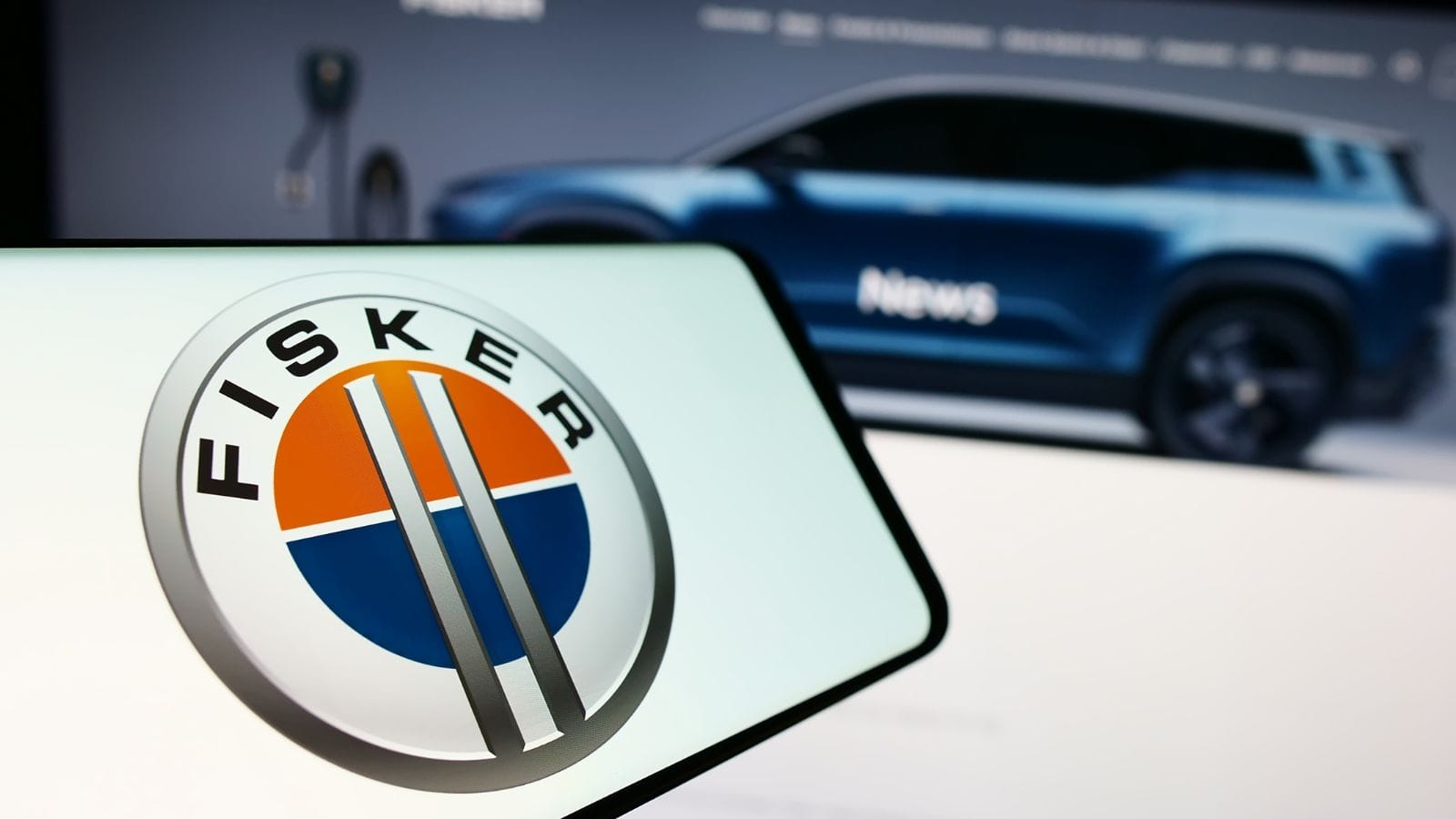
Fisker is the poster child for how quickly fortunes can collapse in the EV space. The company launched its Ocean SUV with big promises of style, range, and affordability, but struggled with production delays and quality issues. By mid 2024, the company had defaulted on loans, laid off staff, and was delisted from the stock exchange. Filing for Chapter 11 was inevitable, and while restructuring is on the table, the future is bleak. Cars are piling up unsold, and suppliers are demanding payment upfront. Enthusiasts point out the irony that Henrik Fisker, famed for penning gorgeous cars like the Aston Martin DB9, may be remembered more for two failed car companies than his design genius.
Rivian
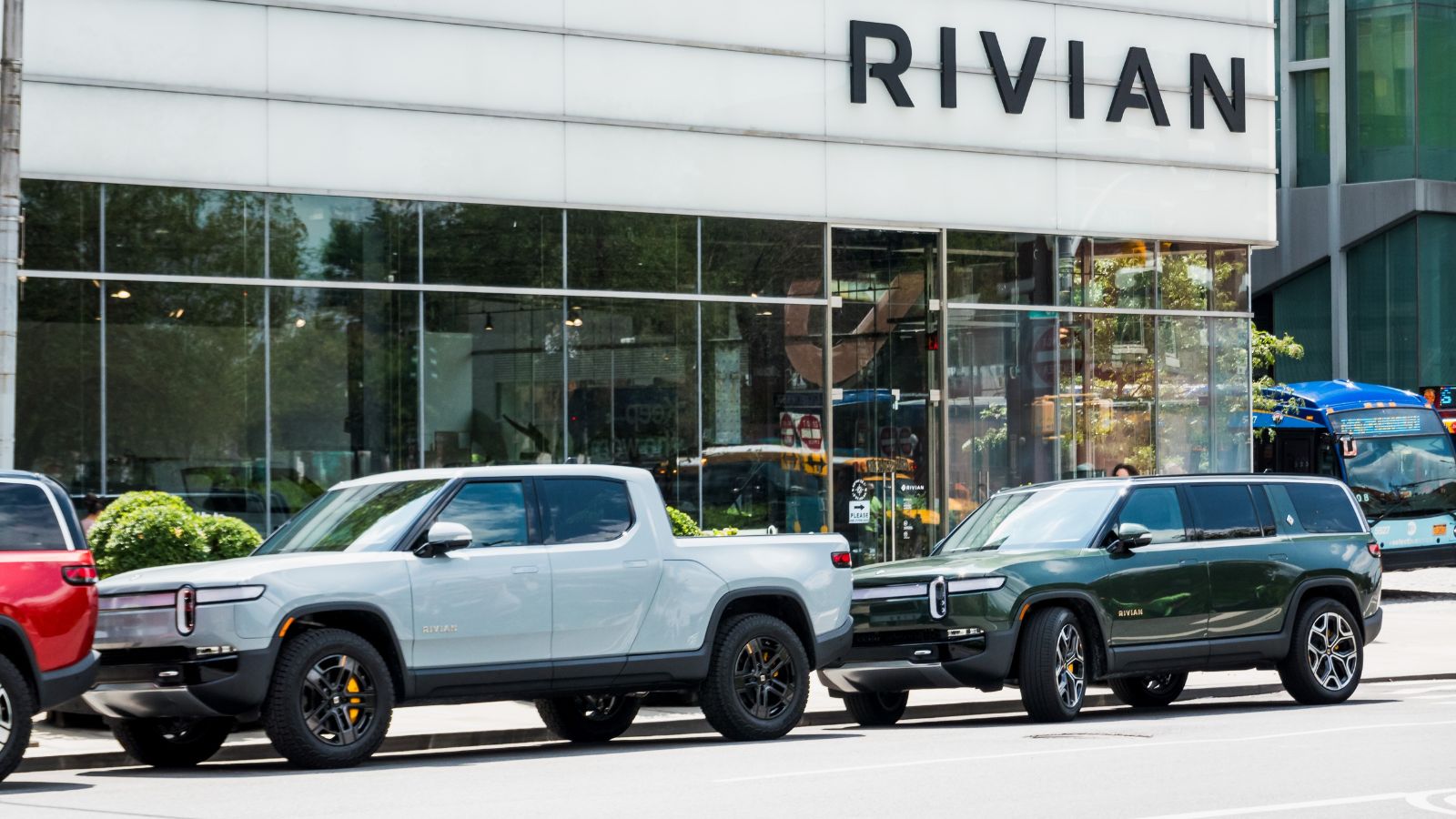
Rivian made a splash with the R1T pickup and R1S SUV, but being a first mover in the electric truck space has not guaranteed stability. The company recently admitted to a $100 million revenue shortfall after regulatory credits, once a lifeline for EV companies, were scaled back. On top of that, Rivian is still burning billions in cash to get the more affordable R2 SUV ready for production. Analysts are questioning whether Rivian can avoid restructuring if demand slows further. Owners and fans still rave about the trucks’ off-road capability and clever features like the gear tunnel, but the financial bleeding shows how hard it is to scale an automotive startup.
Volvo, GM, and Ford
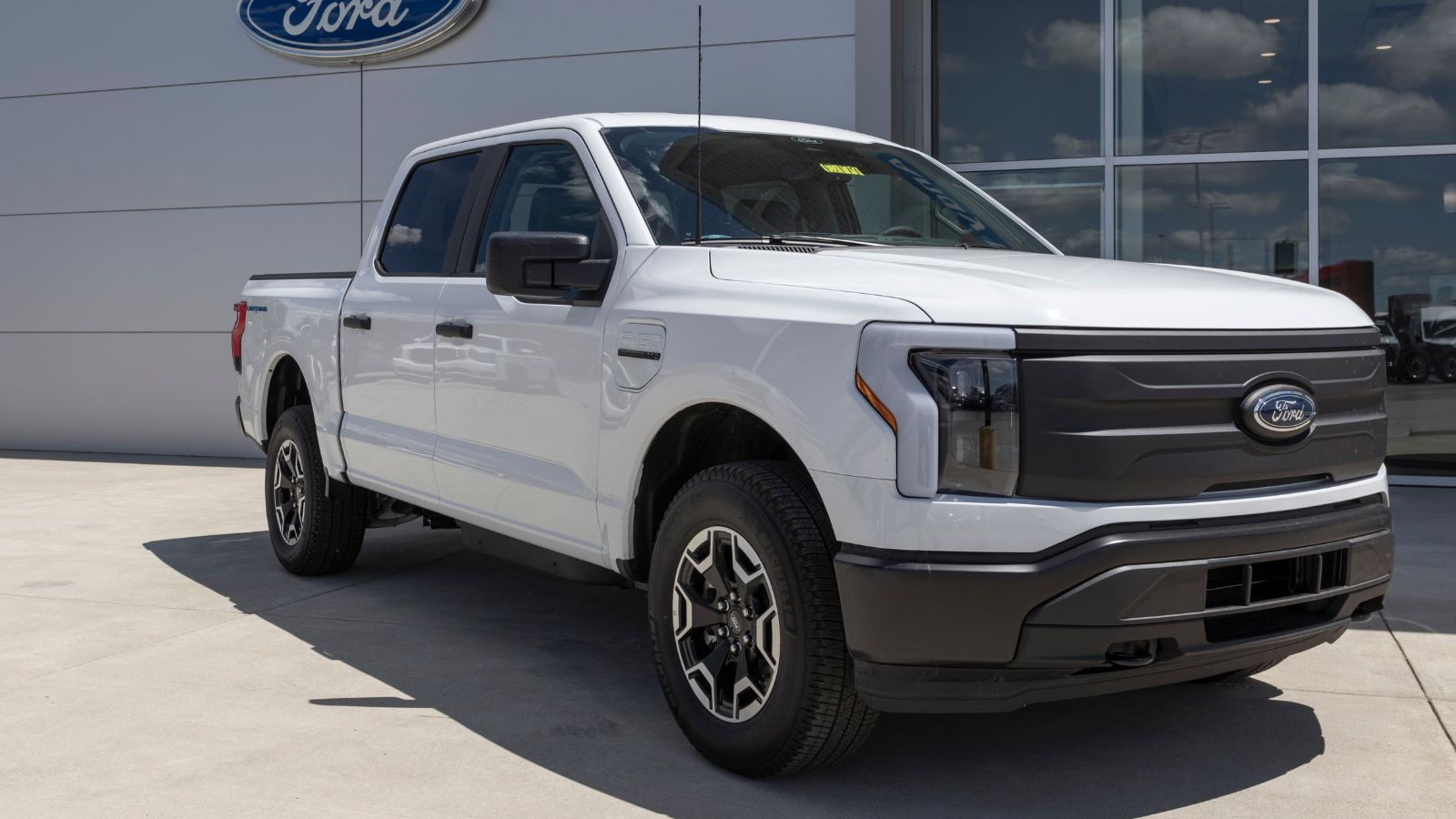
Legacy automakers aren’t immune. General Motors and Ford have invested billions into EV platforms, but slowing demand has forced them to dial back production targets. GM is struggling to convince buyers to embrace Ultium-based models, while Ford has scaled down its F-150 Lightning output due to slower-than-expected sales. Both companies face higher labor costs following union negotiations and stiff tariffs on parts. Volvo, though owned by China’s Geely, is facing similar pressures with declining profits and expensive EV programs. While these companies are not on the verge of bankruptcy yet, analysts warn that without stronger EV adoption, their balance sheets will be stressed in ways not seen since the 2008 crisis.
Mercedes Benz and Other European Giants
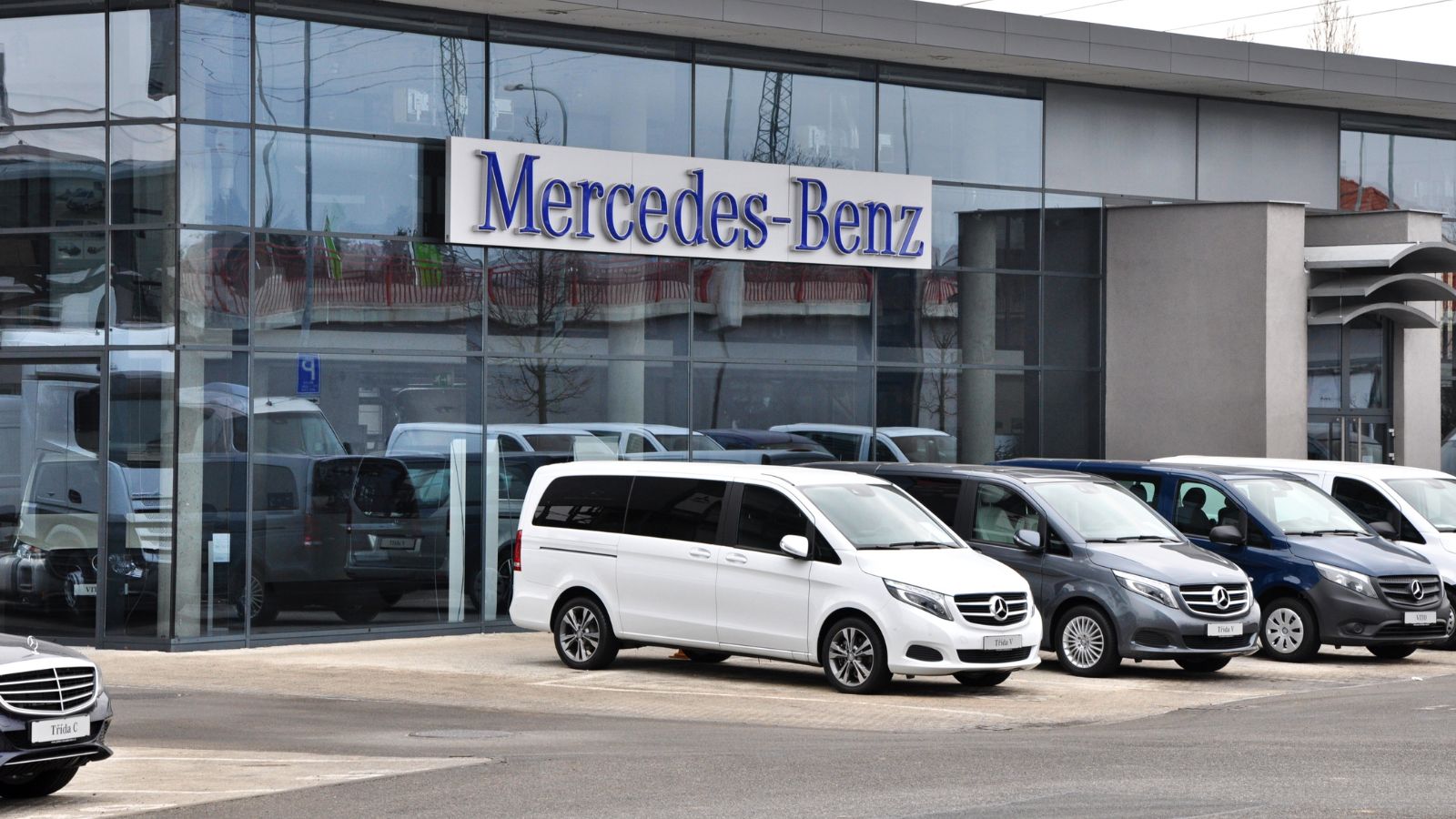
Mercedes Benz recently issued a stark warning that revenues and sales would fall significantly due to high tariffs on European imports into the U.S. The brand is slashing costs and reconsidering its U.S. lineup as margins tighten. Volkswagen, Stellantis, and BMW are facing the same challenge. Aston Martin remains in its familiar position—always glamorous but perpetually cash poor, depending on capital injections to stay afloat. The European giants are not going away, but their profitability is eroding, and if tariffs persist, they may scale back operations in key markets, leaving showrooms emptier than buyers expect.
Stellantis

Stellantis, formed from the merger of Fiat Chrysler and PSA Group, is now one of the world’s largest auto companies, but size has not protected it from financial headaches. With 14 brands under its roof—including Chrysler, Dodge, Jeep, Fiat, Peugeot, and Maserati—the company faces declining sales in Europe and steep EU emissions regulations. The CEO has already warned of potential factory closures if EV targets remain rigid. Chrysler itself, with only a couple of models left in showrooms, looks particularly fragile. Investors are watching closely to see whether Stellantis can streamline its sprawling empire or risk being dragged down by too many struggling brands.
Jaguar
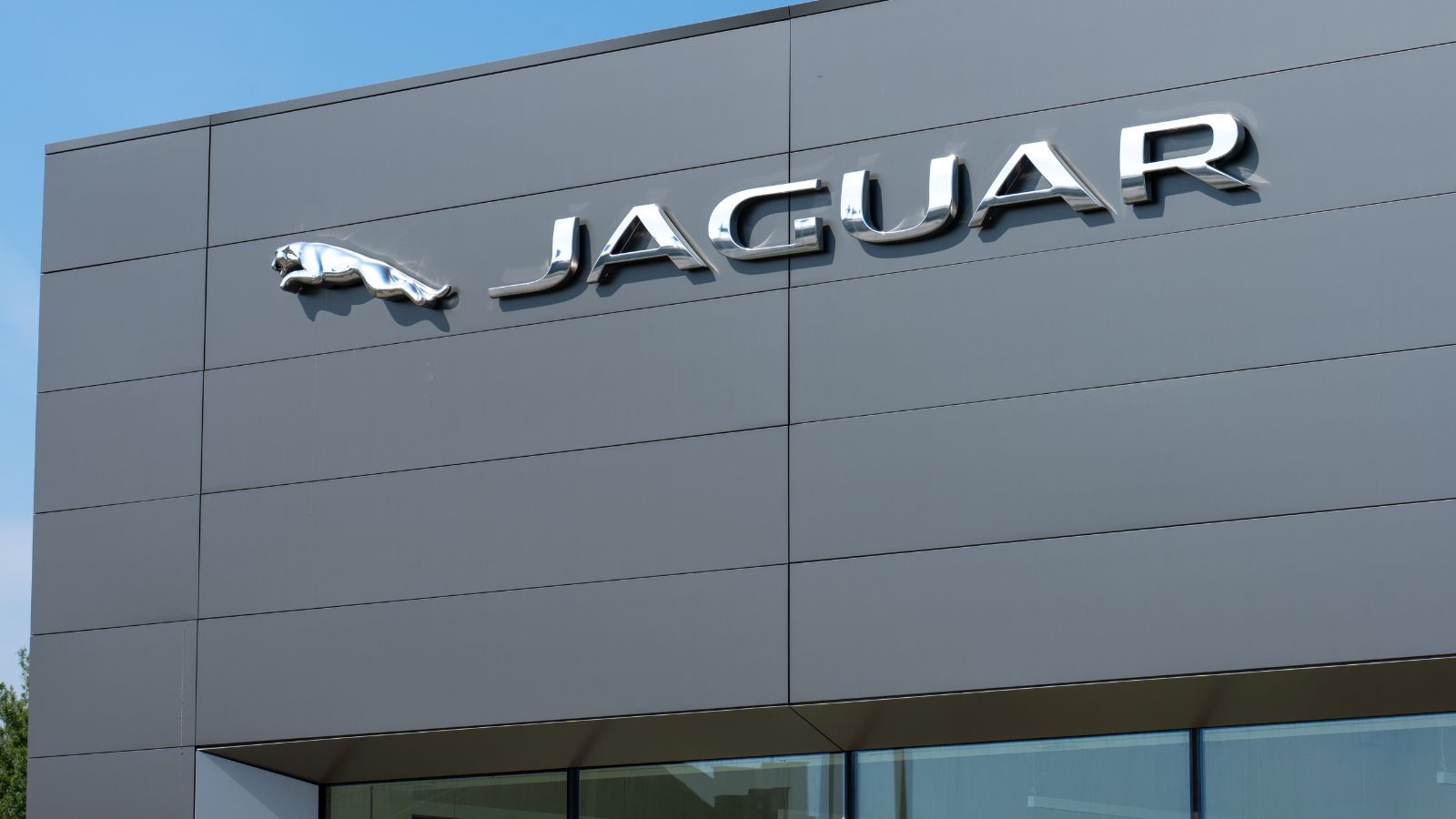
Jaguar’s collapse has been dramatic. Once a proud British luxury brand with a full lineup of sedans and sports cars, Jaguar has now discontinued nearly everything except a promise to reinvent itself as an all electric marque. Sales in Europe plunged 97 percent in 2025, leaving the brand with virtually no presence. The F-Type sports car, XE and XF sedans, E-Pace crossover, and even the I-Pace electric SUV have all been axed. The plan is to relaunch with a new line of EVs, but with almost no revenue in the meantime, Jaguar risks fading from relevance altogether. For many enthusiasts, it feels like watching the end of a brand that once embodied style and performance.
Marelli
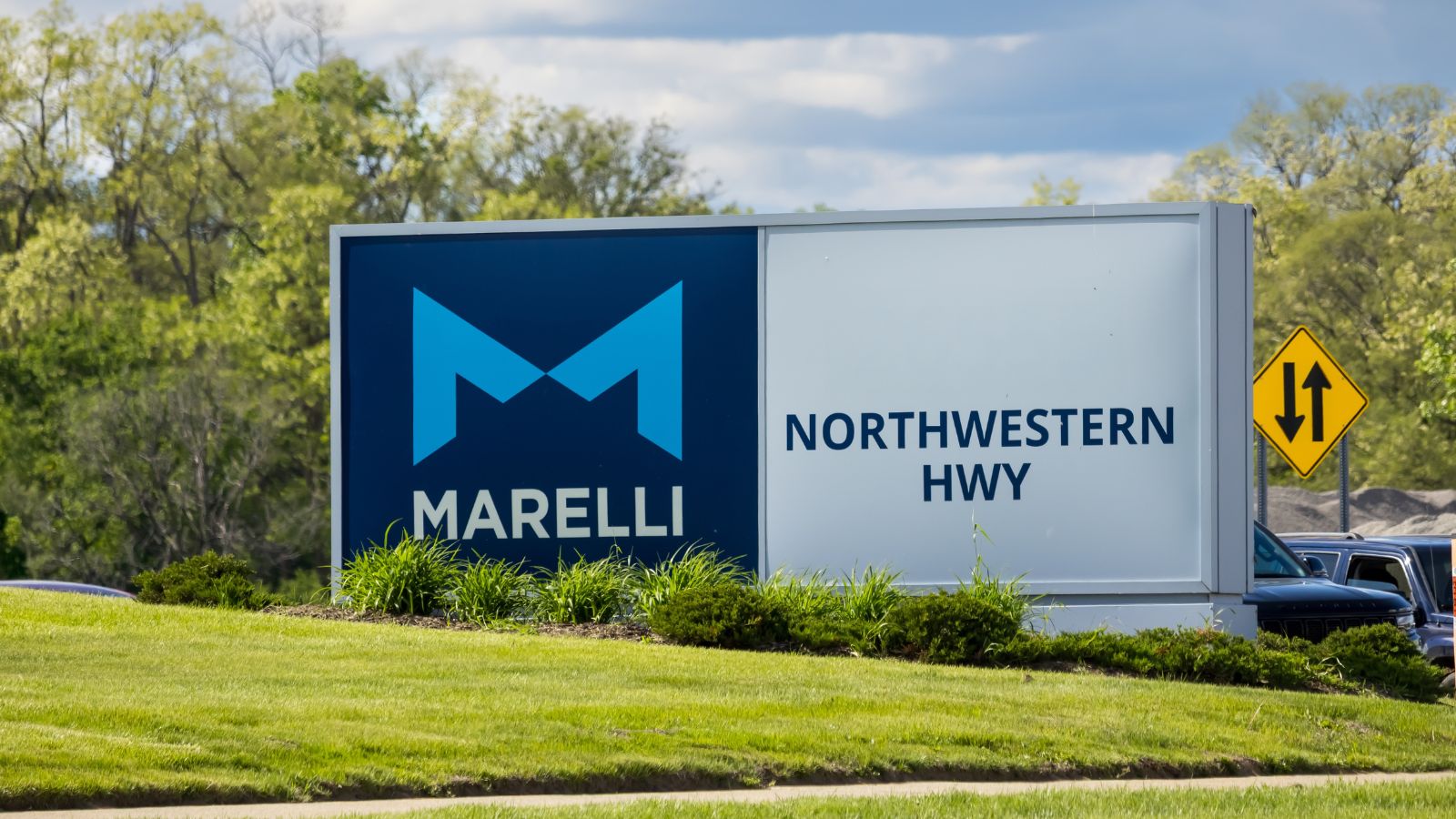
Marelli is not a carmaker, but its struggles threaten the industry itself. As a major parts supplier to Nissan, Stellantis, and others, its Chapter 11 filing sends shockwaves through the supply chain. Marelli’s debts are massive, and while restructuring aims to keep deliveries flowing, any disruption could halt production lines at automakers that depend on its parts. In an era where supply chains are already stretched thin, Marelli’s troubles show how fragile the system is—one supplier’s collapse can ripple across the industry.
Bollinger Motors

Bollinger started as a bold vision—an electric off-road truck built like a Land Rover Defender. Investors and enthusiasts admired the squared-off design and rugged engineering. But lawsuits between founders and unpaid debts brought the company into receivership in May 2025. Mullen Automotive swooped in, taking a 95 percent stake to rescue Bollinger from collapse. While the brand is not finished, its survival depends entirely on Mullen’s ability to keep it funded. For now, the boxy EVs remain prototypes waiting for a second chance at production.
Canoo

Canoo promised quirky electric vans and futuristic pickups, even signing deals with Walmart and the U.S. Army. But mismanagement, broken promises, and cash burn sank the company. In January 2025, Canoo filed for Chapter 7 liquidation, listing under $50,000 in assets. That means the business is being dismantled rather than rescued. The prototypes are likely destined for collectors or museums as a reminder of how wild the EV bubble became.
25 Facts About Car Loans That Most Drivers Don’t Realize

Car loans are one of the most common ways people fund car purchases. Like any other kind of loan, car loans can have certain features that can be regarded as an advantage or a disadvantage to the borrower. Understanding all essential facts about car loans and how they work to ensure that you get the best deal for your financial situation is essential. Here are 25 shocking facts about car loans that most drivers don’t realize:
25 Facts About Car Loans That Most Drivers Don’t Realize
